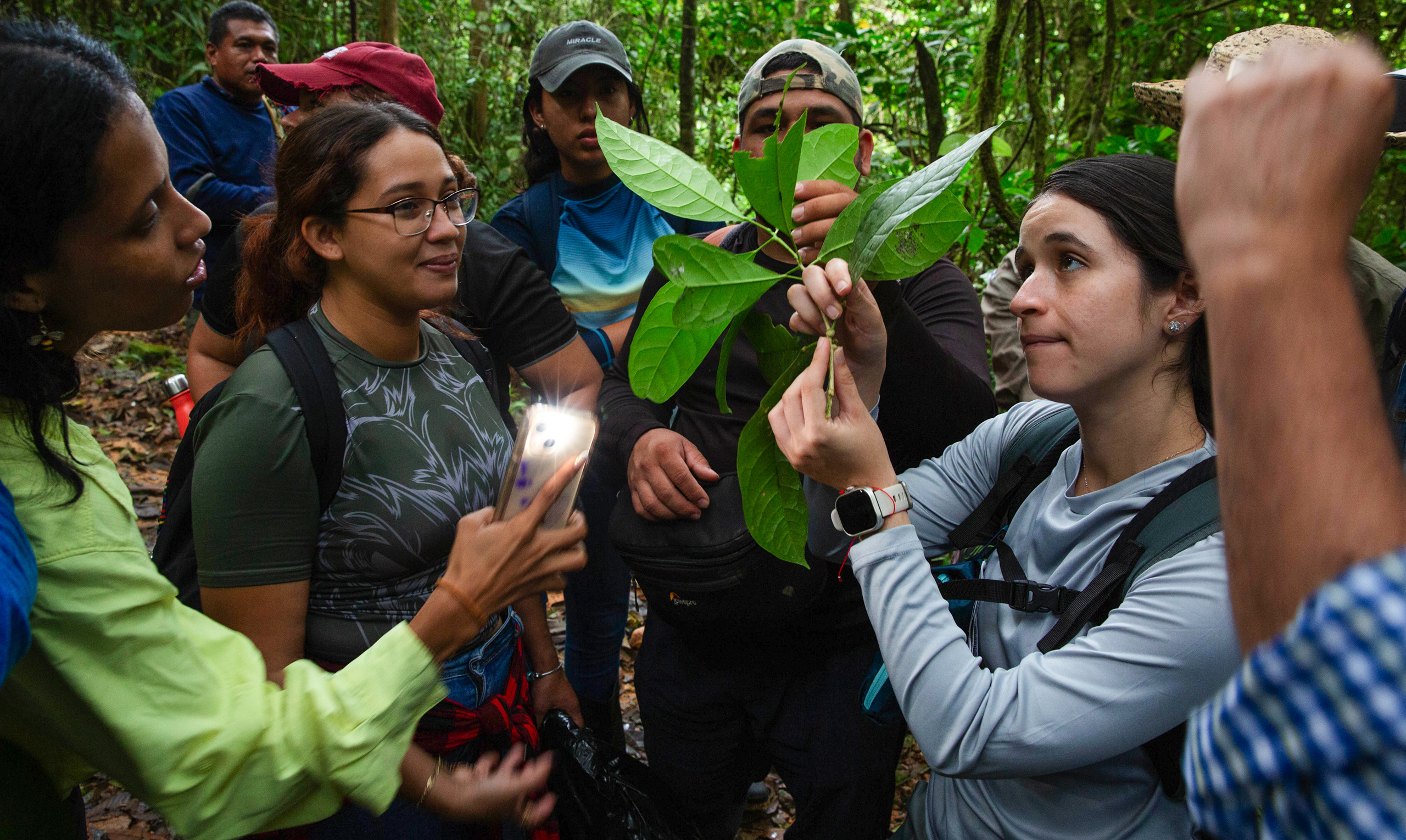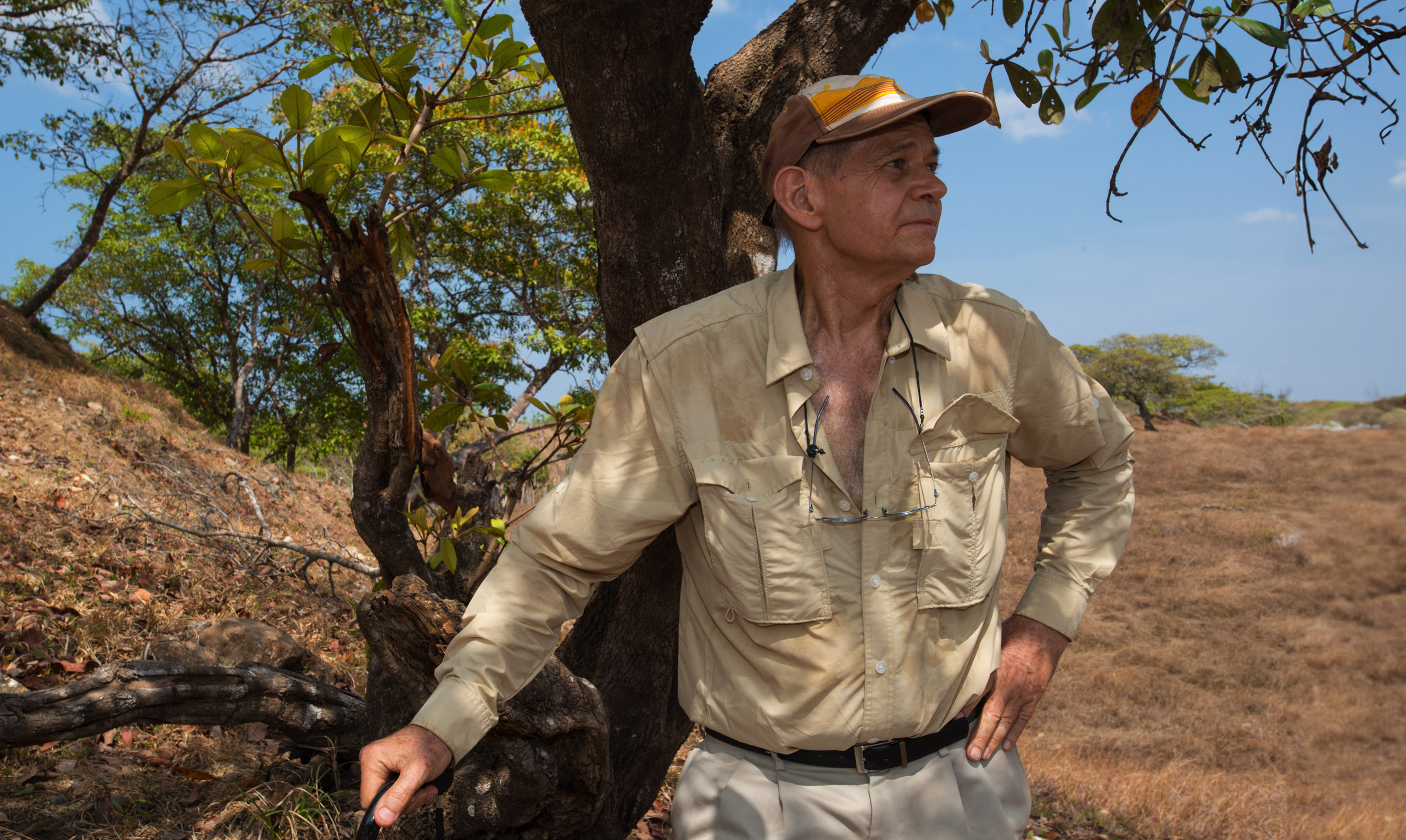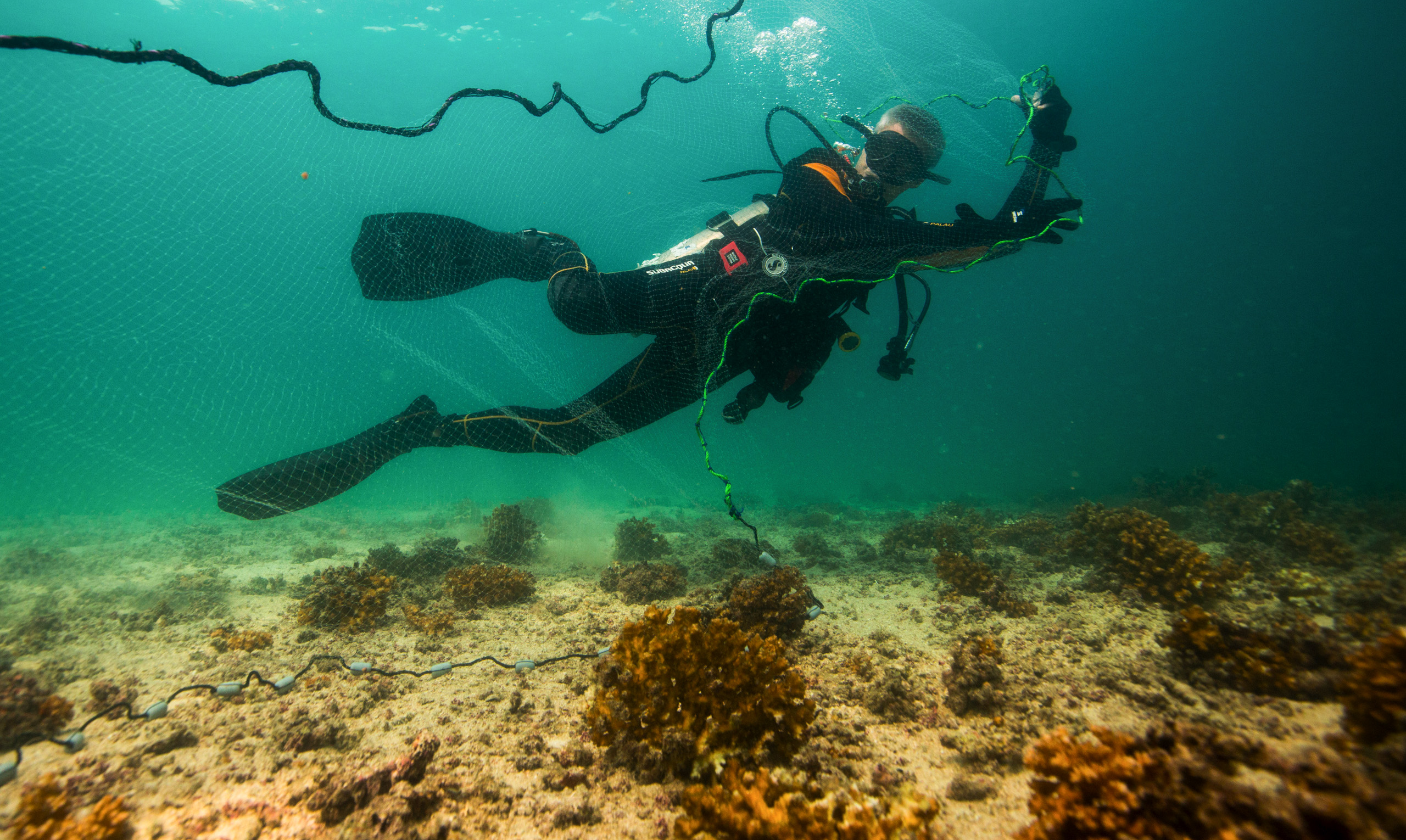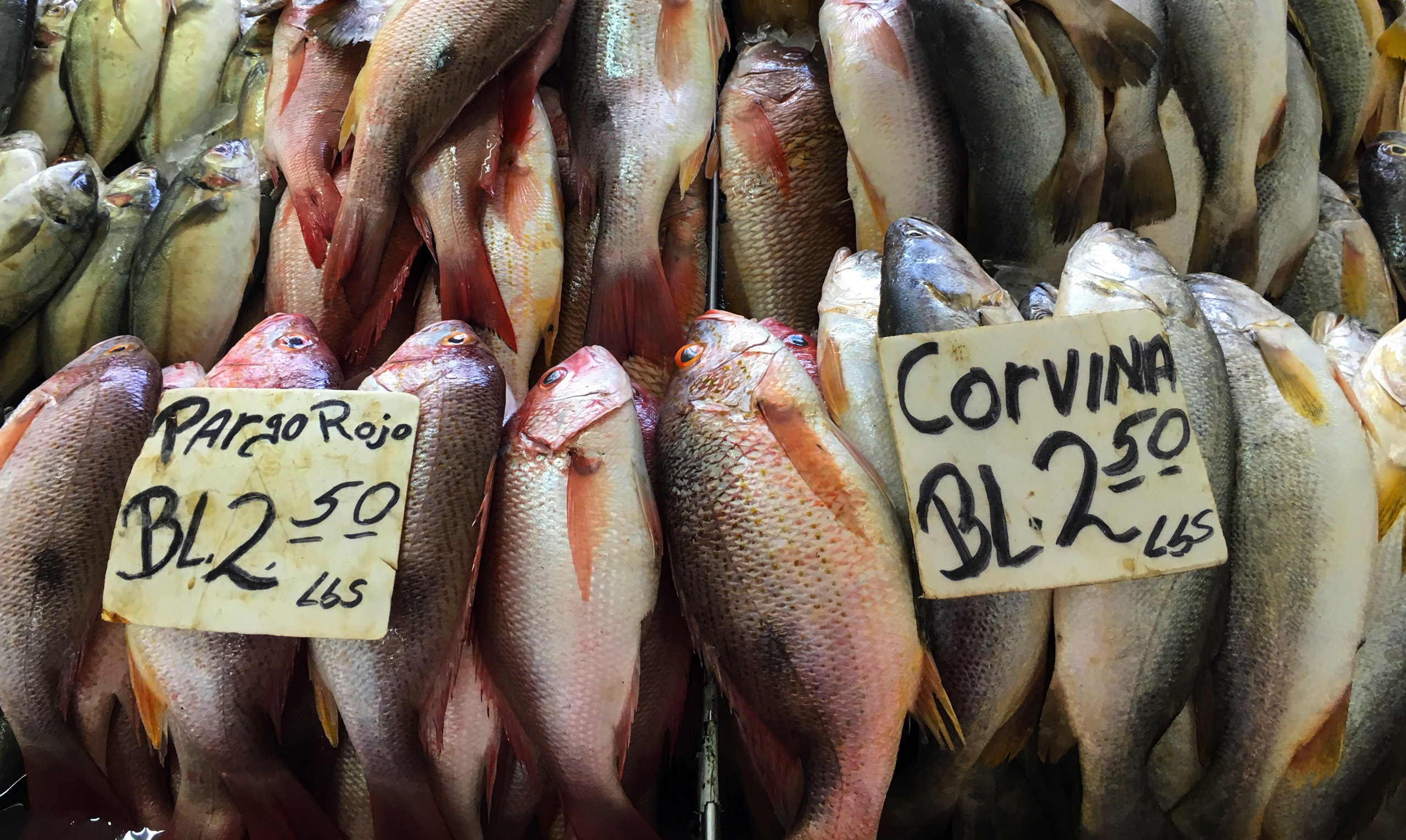Seeds for a future
A course to learn about the
biodiversity of our forests
Through a course in dendrology, the study of the taxonomy of woody plants in the absence of flowers or fruits, two experts in forest diversity seek to leave a legacy of knowledge for future generations.
Story location
by Vanessa Crooks
Botany Forest Ecology Taxonomy Biodiversity Long-term monitoring Plant Physiology Connections in nature: Plants, Animals, Microbes and Environments lime-green
Stuart Davies
lime-green
Stuart DaviesSeeds for
a future
















